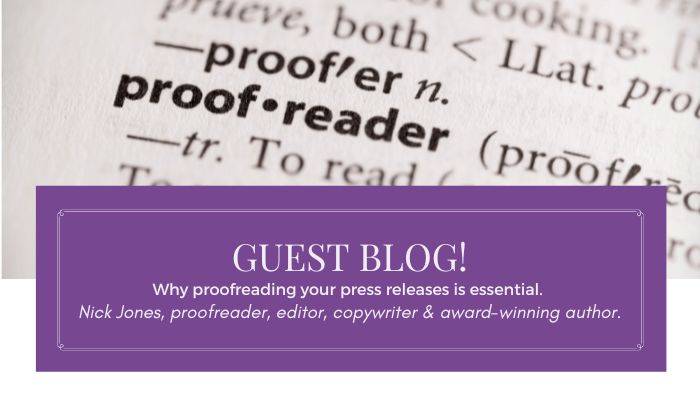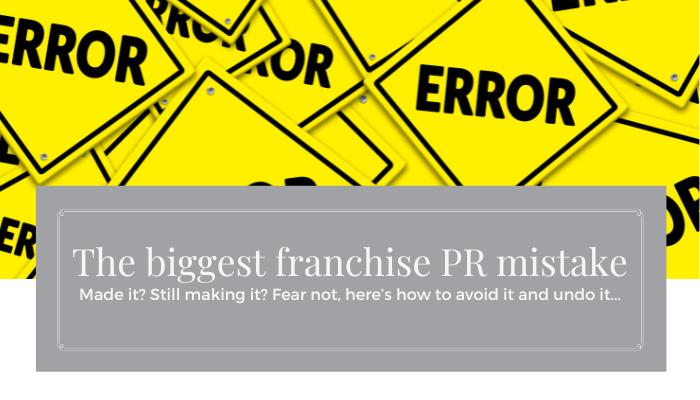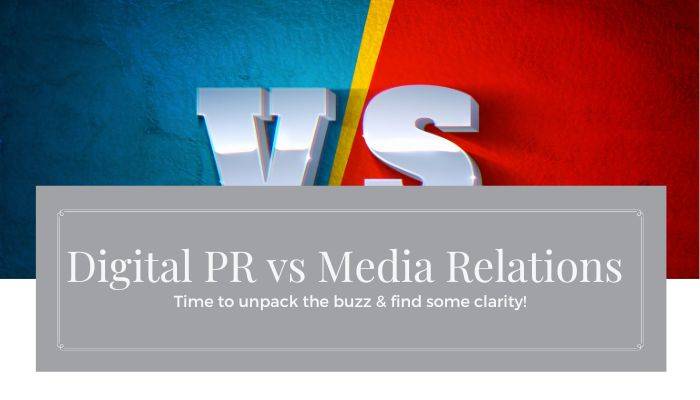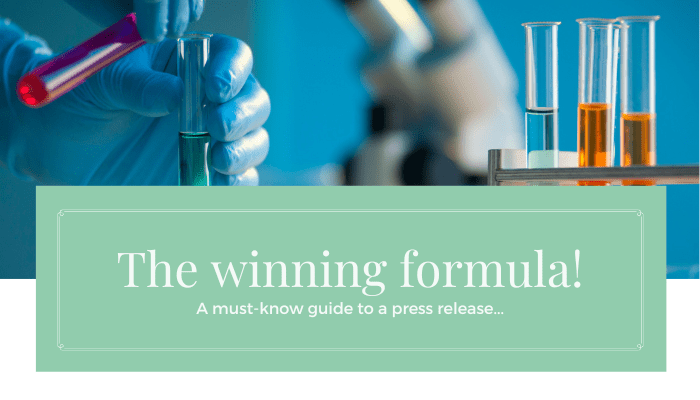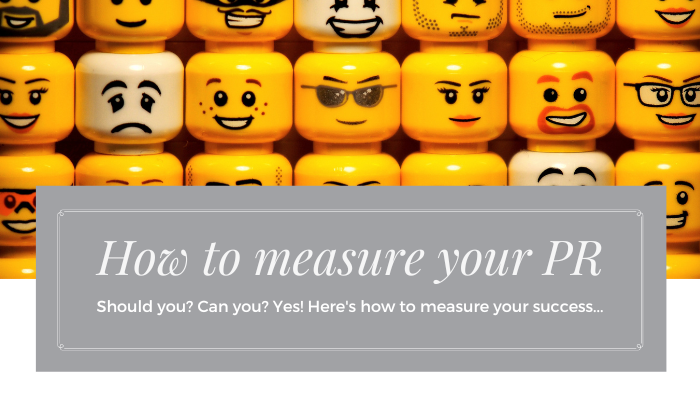Good question. Great question, in fact. Annoyingly there’s no simple answer. And half the time, that’s part of the problem. In case no one has ever taken the time to explain it to you, or, even worse, has given you some jargon-filled waffle that makes it sound too complicated OR worst of all, has suggested it’s not possible, then we’re here to give you the lowdown. And on behalf of all those agencies and individuals, we’re sorry. They’re twits a bit mean.
How do you measure PR?
Well, first of all, you have to rewind a little. It’s all well and good securing a piece of coverage but you can’t begin to assess its success until you know several things:
- Who is your target audience?
This is essential for making sure you’re using the right language – not literally you understand. Are you being familiar and casual or professional and highbrow? Do your prospective franchisees speak with technical accuracy or no-nonsense conversational patter? It matters you see, because if you want to engage someone and, hopefully, compel them to act, you’ve got to be able to connect with them on their level.
- Where are you likely to find them?
Knowing your audience also informs your decision about where to pitch your content. Knowing the media your prospective franchisees are likely to consume means you can be targeted in your approach. And this leads to more valuable coverage. Valuable because it’s going to be seen in the right places, by the right people. It’s all well and good landing a full-page article in a mainstream newspaper – but if your franchisees often come from a specific trade background and you know they need industry experience, then guess where you need to be securing coverage. Sometimes you have to leave your ego at the door when it comes to PR placements.
- What are you trying to achieve with your content?
Hint: ‘sell a franchise’ isn’t an appropriate response here. Your content should have a specific aim. It could be building trust and credibility for the brand, setting you as the go-to expert in your field and in franchising. Or it could be showcasing the success of your end-user service, whether that’s B2B or B2C in order to satisfy a prospect that market demand is strong. You get the idea.
This groundwork puts you in the best possible position to assess the success of your activity. Notice that we didn’t say value – as in purely financial return on investment – because once upon a time that was a thing in the PR industry. Now, it’s regarded as poor practice to judge a PR placement on monetary terms alone. Find out why here.
Measure to manage
Now that you’re confident you are saying the right things, in the right way, to the right people in the right places, you can assess how much impact you made. Here’s how to measure success and who is responsible.
Your PR agency should be reporting on the following tangible KPIs as a minimum:
- Audience reach (for both print and online media)
- Estimated coverage views of online articles
- Social media shares and interactions (comments, likes etc.)
- Influencer reach and interactions with links/downloads
- Tier of outlet – local, regional or national and the relevance to your brand of each
- Tone of voice of any article (positive, negative or neutral)
- Inclusion of backlinks to your website or campaign-specific landing pages.
As a business, you also need to know what happens to any traffic once it reaches your door. This part is sometimes less popular with franchisors because it involves turning the spotlight on your own internal systems and processes. Obviously, every brand is unique but there are some simple things you can do to start tracking and benchmarking your success in-house too:
- Ensure Google Analytics is properly set up for your website and track visitor numbers and their journey in the days surrounding coverage
- Utilise back-end reporting tools on social media platforms to monitor demographics of engaging users – are they the right kind of people?
- Manually check with telephone enquirers where they heard about your product, service or franchise – a really powerful tool that very few people use anymore!
- Monitor downloads of collateral from campaign-specific landing pages
- For transactional business, track purchases of products for spikes in the days after coverage is secured.
Soooo… is it working?
What gets measures gets managed, as the saying goes. With all of these metrics in one place on something like a PR scorecard – ask us if you want to see ours – you can assess the effectiveness of your activity. It’s important to remember that, unlike marketing, your PR isn’t intended to be lead generating. If that’s just come as a massive shock to you, read this. In a nutshell, what you’re looking for is evidence that:
- You are reaching your identified target audiences via your target media – we’re assuming it’s self-explanatory how to check this but if not, give us a tinkle and we’ll explain
- Your content is connecting with these people on some level – this you can confirm by whether your content is actually being read, shared and commented on. And whether people then ‘follow the trail’ laid for them to your website or other owned channels
- Over time, the frequency of your coverage is increasing and then remaining consistent month-to-month as more and more media relationships are established.
You can then also compare like for like and begin to build a picture of what messaging and story angles work best for your brand as well as which outlets and channels drive the most engagement and ‘action’. This information should be used to inform your strategy, helping you to tweak and refine on a regular basis to maximise your time, energy and investment. Get as much bang for your buck as possible! Who doesn’t love that?
At the risk of stating the obvious, don’t compare your franchise recruitment activity to your B2B/B2C activity or local grand opening campaigns to things like national menu launches. Different desired outcomes, different audiences and different timescales.
Make sure that, whoever you’re working with, they are fully up to speed on this stuff AND that they run through it with you clearly and honestly on a regular basis. No guff allowed. It’s not impossible and it’s certainly not beyond your comprehension. It is time consuming, highly involved and incredibly valuable.
We regularly share PR advice and posts like this to help you make the most of your PR activity. To make sure you don’t miss out, follow us on social media: LinkedIn, Twitter or Instagram.
And, if this has piqued your interest and you fancy a chat then get in touch – we absolutely LOVE chatting about this kind of thing (just in case you can’t tell!) Email lucy@revpr.co.uk or call 07921 572554.

